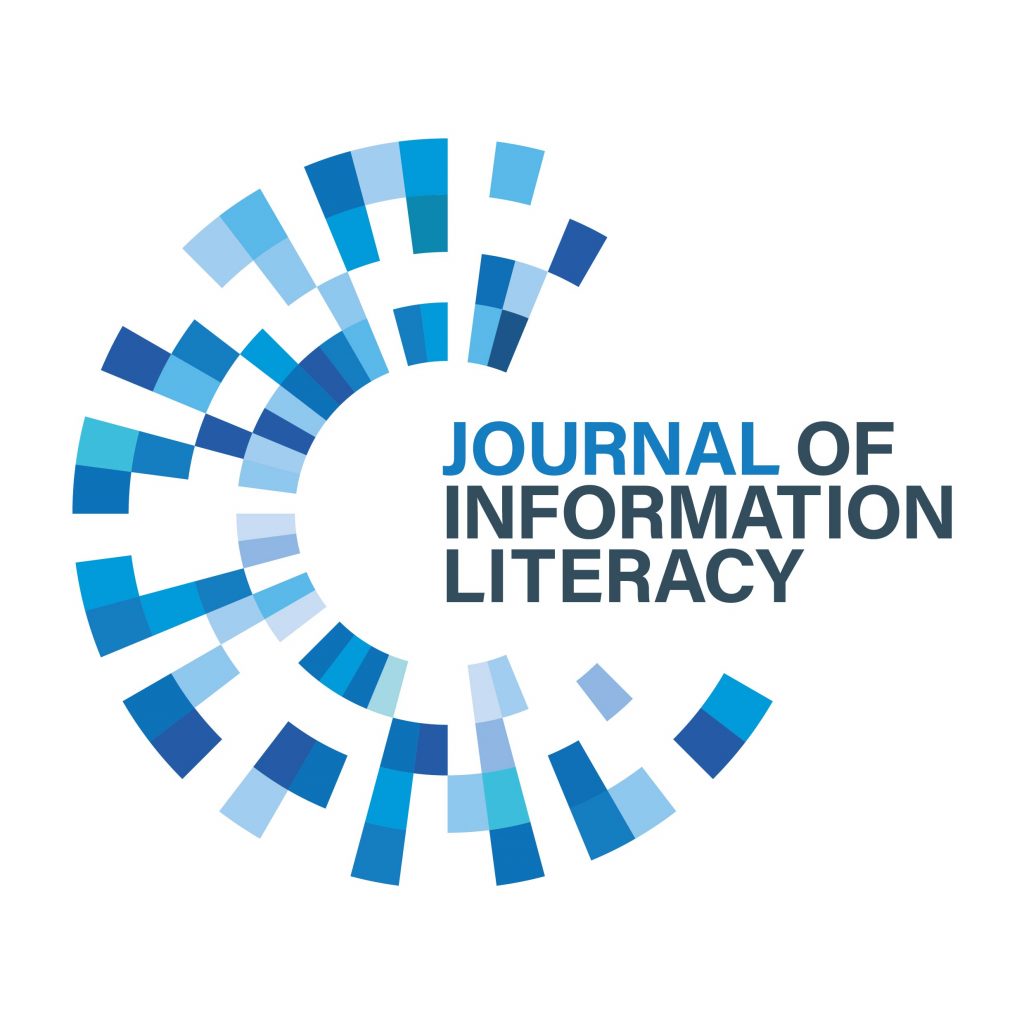716 authors and counting: Reflecting on national and institutional information literacy trends through the lens of the Journal of Information Literacy.
The Journal of Information Literacy (JIL) will be moving hosting platforms later this Spring. We have been grateful to have been hosted by Loughborough University since our inception in 2007 but the time has now come for us to move on. We are delighted that our new hosting provider is the University of Edinburgh- and grateful that the Information Literacy Group will be funding this move to our new home. We will be continuing to use the Open Journal Systems (OJS) hosting system so you should not see too much change when we finally relaunch – but we will keep you updated about any potential impact for readers, authors, or reviewers.
Unfortunately, and for complex and tedious reasons, the migration is not going as smoothly as we had hoped – if you buy me and Meg Westbury, JIL Managing Editor, a large gin at LILAC, we will happily tell you all about our travails in as much detail as you can stomach. On the plus side (Pollyanna alert…), the manual work we are doing to migrate our content to the new platform has given an opportunity to revisit the JIL archives and to reflect on the scope and make-up of the journal since those early issues. While the comprehensive history of information literacy has yet to be written, this very informal foray into JIL history seems to highlight several interesting micro-themes that would be impossible to pick up within large-scale bibliometric studies.
The strong presence of Irish and Welsh research forms one intriguing detail that jumped out at me as I made my way through the early years of JIL history. In 2007-2008, for example, Welsh authors were regularly providing almost 20% of the writing for each issue, including work from the University of Cardiff, the University of Glamorgan and Grŵp Llandrillo Menai. A few years later in 2009-2010, Ireland took over the honour, with significant pockets of research emerging from UCD, The Waterford and Dublin Institutes of Technology and the Technological University of Ireland. In one memorable issue in 2011, almost 55% of all content came from Wales or Ireland. This is, perhaps, not surprising, given the Welsh Information Literacy Project and the handful of Irish and Welsh-based editors during JIL’s early years. What is unusual, though, is the huge drop off in contributions since, with only three Welsh and two Irish authors being published since 2017. Did interest lead to the creation of alternative national publishing opportunities? Or has early national work fared less well within the push towards constructivist models of information in the 2010s? More complexly, why did Scottish authorship not see a corresponding uptick in publication given the important work of the Scottish Information Literacy Project?
In contrast, it is the lack of Scandinavian literature that surprised me in the later volumes of JIL. Norway has been a strong supporter of JIL since the early days with the first publication dating from 2014 and the most recent dating from 2022. In contrast, Finnish authors were only published in JIL for the first time in 2021, and to date, we have only featured one Sweden research article (published in 2017). These figures seem unexpected given Sweden’s strong information literacy research tradition and the sporadic publication history of the Nordic Journal of Information Literacy in Higher Education. In England, publication is more consistent throughout JIL’s history, although there are definite shifts in institutional emphasis. Contributions from the University of Worcester, for example, which had previously been a fairly regular contributor, became far spottier after Vol. 4 (2010). In contrast, the University of Cambridge had a much slower start, with its first publication not emerging till 2014 but writing has since gathered pace and it is one of our top author institutions. It’s also noticeable how early publications enjoyed a far greater variety of authors- including from NHS Trusts, schools, and colleges- while in recent years, university authors have long since taken over.
These observations are on a small-scale- and people who were immersed within the UK’s early years of information literacy research and practice may have an easy explanation. I also recognise that priorities (and funding) change, all of which has an impact on authorship. However, it’s interesting to sit with and think about these figures in relation to broader studies of information literacy. Onyancha’s (2020) classification of 2011-2018 as an era in which information literacy research became more focused on health and media literacy, for example, does not seem mirrored in JIL, given the drop off for NHS authors. In contrast, might the growth of publications from Irish technology institutes be seen to uphold his categorisation of pre-2011 information literacy research as focused on computer literacy? We might additionally use these figures to reflect on whether the early years of UK information literacy research were more personality (or editor)-driven than today, and whether this matters as the Information Literacy Group, LILAC and other information literacy initiatives continue to broaden interest in the field. Either way, it’s been an interesting exercise to immerse myself in this history- and I look forward to JIL continuing to influence the UK information landscape in its new home in Edinburgh.
Thanks to Dr Alison Hicks, Editor-in-Chief, JIL for this post.

